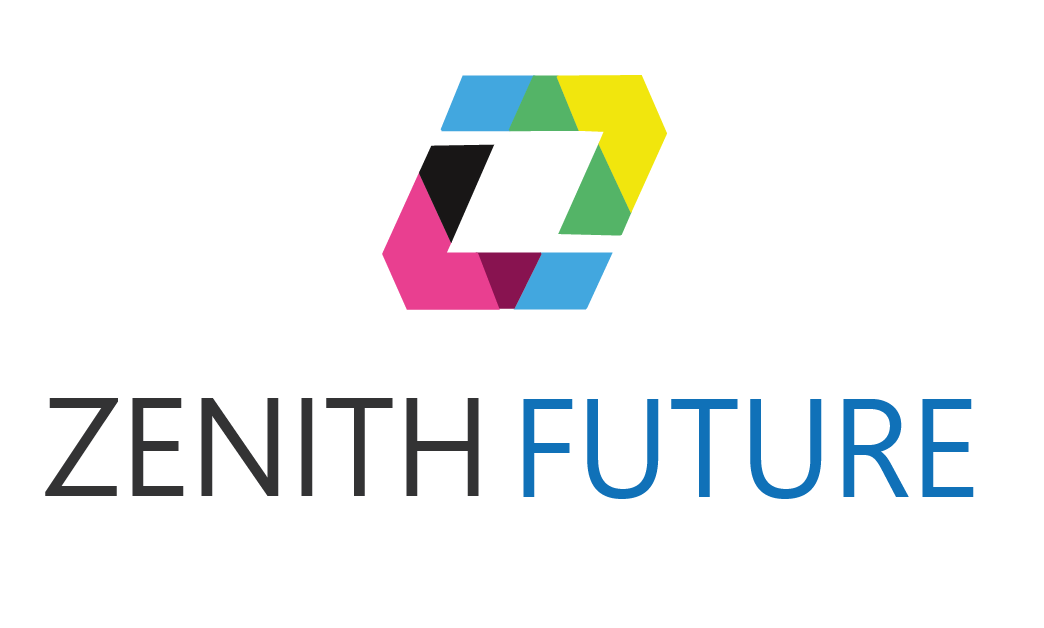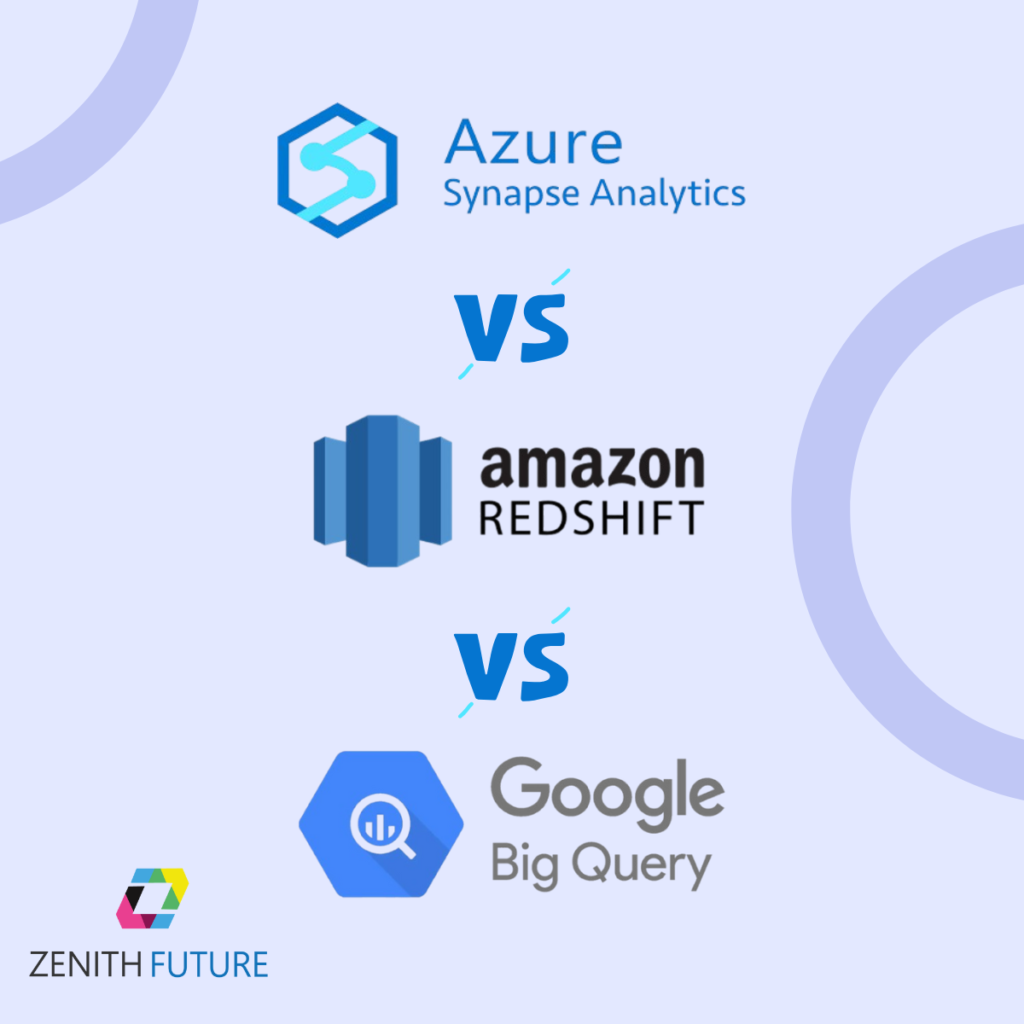As businesses continue to generate massive amounts of data, the need for scalable, fast, and efficient data warehouses has become critical. Cloud data warehouses have revolutionized how companies store, process, and analyze large datasets, offering flexibility, scalability, and cost-efficiency. In this blog, we will compare three major cloud data warehouses: AWS Redshift, Google BigQuery, and Azure Synapse Analytics with real-world examples and performance insights.
What Is a Cloud Data Warehouse?
A cloud data warehouse is a centralized repository that stores structured and semi-structured data, enabling users to run analytics and gain insights. Unlike traditional on-premise data warehouses, cloud-based solutions are managed by cloud providers, offering scalability and flexibility without requiring extensive infrastructure maintenance.
1. AWS Redshift
Overview: Amazon Redshift is a fully managed cloud data warehouse solution by AWS that allows businesses to perform complex queries on large datasets. It integrates seamlessly with other AWS services, making it a popular choice for enterprises already using AWS.
Key Features:
- Columnar storage for faster query performance.
- Supports both structured and semi-structured data.
- Automated backups and snapshots.
- Integrates with AWS services like S3, Glue, and Athena.
Example: A retail company processes 10TB of sales data daily to track customer purchases and optimize inventory. Using Redshift’s integration with S3, they achieve high-speed analytics with minimal data transfer overhead. Queries that took hours on traditional systems now take minutes.
Pros:
- Highly scalable and cost-effective.
- Supports a wide range of data formats.
- Strong ecosystem of AWS tools.
Cons:
- Can be complex to manage.
- Query performance can degrade without optimization.
Best Use Cases:
- Enterprises already using AWS.
- Large-scale business intelligence (BI) workloads.
- Real-time analytics with integration to AWS streaming services.
2. Google BigQuery
Overview: Google BigQuery is a serverless, highly scalable, and cost-effective data warehouse provided by Google Cloud. It excels in handling massive datasets and running fast SQL queries over terabytes of data in seconds.
Key Features:
- Serverless architecture with on-demand scaling.
- Built-in machine learning (BigQuery ML) capabilities.
- Real-time data ingestion with Dataflow.
- Automatic performance optimization.
Example: A media company analyzes streaming data from millions of users to personalize recommendations. With BigQuery’s serverless architecture, they handle spikes in traffic efficiently and reduce costs by paying only for queries run. Queries that process 5TB of data take under a minute.
Pros:
- No infrastructure management required.
- Pay-as-you-go pricing model.
- Integrates well with Google Workspace and Google Cloud services.
Cons:
- Cost can increase with large query volumes.
- Learning curve for those unfamiliar with Google Cloud.
Best Use Cases:
- Real-time analytics and big data processing.
- Machine learning integrations.
- Companies already using Google Cloud.
3. Azure Synapse Analytics
Overview: Azure Synapse Analytics is a powerful data warehouse solution from Microsoft that combines big data and data warehousing capabilities. It provides a unified experience for data integration, data exploration, and analytics.
Key Features:
- Unified platform for data warehousing and big data.
- Supports both serverless and dedicated SQL pools.
- Seamless integration with Power BI and other Microsoft tools.
- Built-in security and compliance features.
Example: A financial institution uses Azure Synapse to analyze transaction data for fraud detection. By integrating Synapse with Power BI, they create real-time dashboards to monitor suspicious activities. Queries that involve billions of rows are optimized using dedicated SQL pools, reducing processing time from hours to minutes.
Pros:
- Strong integration with the Microsoft ecosystem.
- Flexible pricing models (serverless and dedicated).
- Built-in data governance and security.
Cons:
- Can be complex to set up and manage.
- Less serverless flexibility compared to BigQuery.
Best Use Cases:
- Enterprises using the Microsoft ecosystem.
- Hybrid data workloads (structured and unstructured).
- BI and reporting with Power BI.
Which One Should You Choose?
The right cloud data warehouse depends on your specific needs:
- Choose AWS Redshift if you are heavily invested in the AWS ecosystem and need a scalable solution for traditional BI workloads.
- Choose Google BigQuery if you prioritize serverless architecture, real-time analytics, and built-in machine learning capabilities.
- Choose Azure Synapse if you are part of the Microsoft ecosystem and require a unified platform for data integration, warehousing, and analytics.
Performance Insights
- AWS Redshift: Processes 10TB of data in ~10 minutes using optimized queries.
- Google BigQuery: Handles 5TB of data in under a minute with serverless scaling.
- Azure Synapse: Processes billions of rows in minutes using dedicated SQL pools.
Final Thoughts
Cloud data warehouses have transformed how businesses manage and analyze data. AWS Redshift, Google BigQuery, and Azure Synapse each have their strengths and are suited for different use cases. Evaluating your existing infrastructure and specific data needs will help you make the right choice.
No matter which one you choose, leveraging a cloud data warehouse will enable your business to scale data operations, improve decision-making, and unlock valuable insights from your data.
Looking to explore more about cloud data warehousing? Get in touch with us for insights and implementation tips!




